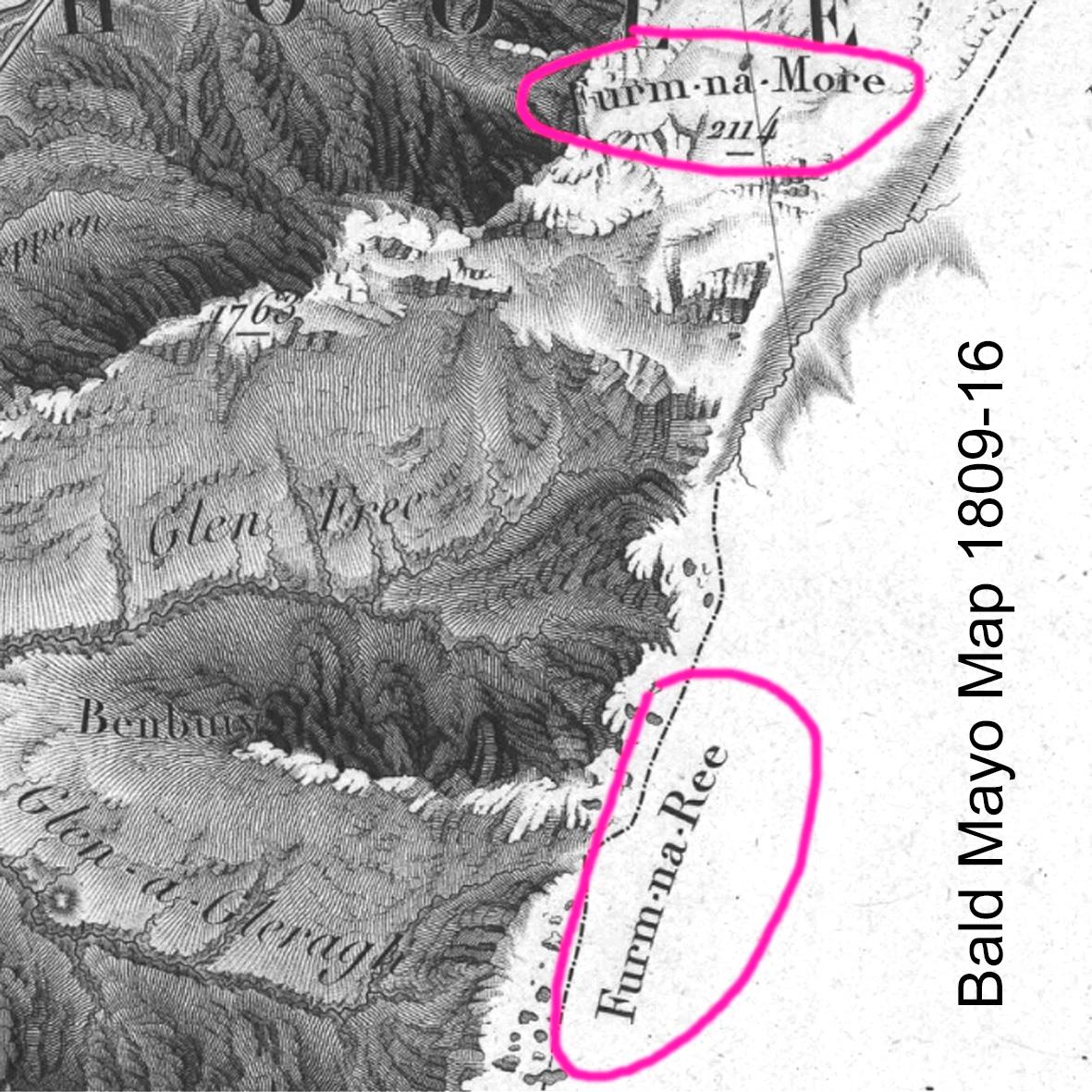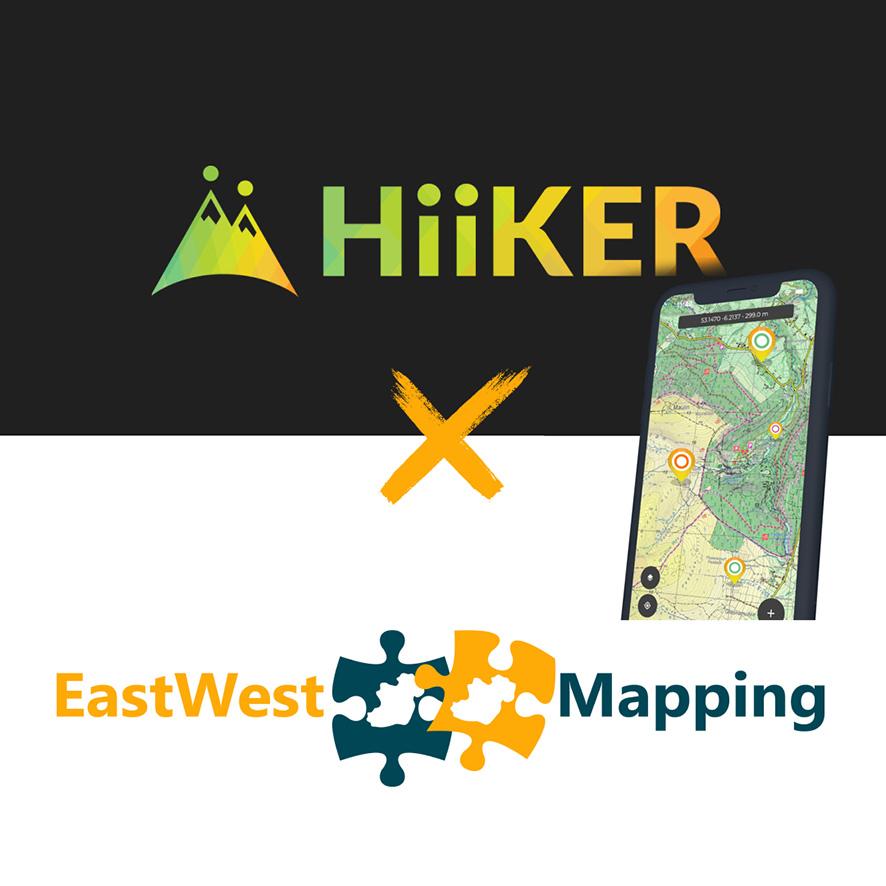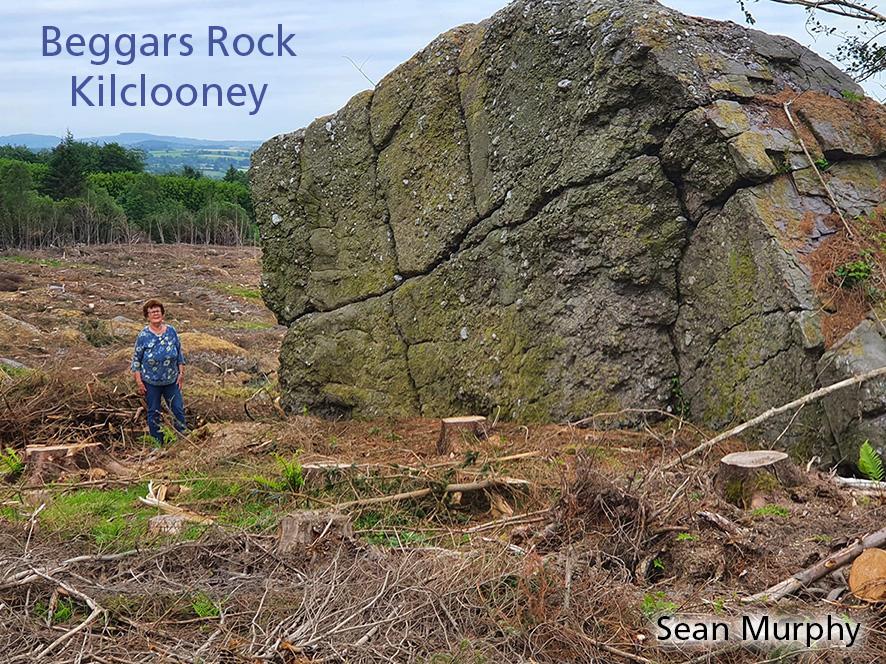Thoughts on Navigation ~ Improving your Skills
Over this series of posts, I’ve passed on a few thoughts about hill navigation – the importance of route finding, map reading, distance estimation, compass, GPS and experience. At the end of the day, what is the difference between a good navigator and a less competent one? Probably having a mixture of the above skills and a grasp of what tactics to apply in a given situation. The more experienced navigator will also size up the weather and how it may potentially affect progress, whether that be strong gales or predicting that a stream or river crossing may be impractical at the normal location. A good navigator is efficient, they keep moving insofar as possible and only pause when required.
I hear you ask what does he mean by ‘pause when required’? Here you have to weigh up the old chestnut of ‘the likelihood of a mistake versus the consequences of a mistake’. A good navigator understands when they can be a bit casual e.g. ascending an open hillside to reach a well defined ridge, it doesn’t really matter if you stray a bit this way or that within reason, because it’ll be obvious when you reach the crest. But a good navigator also understands when they need to be careful and even ultra cautious e.g. picking a descent route that requires picking one of two closely separated spurs or having to leave a ridge or spur to pick out a lower one or even negotiating a way through poorly mapped forestry. In this situations, the lesser experienced person will carry blithely along, ignoring little discrepancies until they find themselves completely out of their way or in serious difficulties and having to painfully backtrack.
It may be useful to think in terms of the orienteering strategy of ‘traffic lights – Green, Amber & Red. Which parts of a given route can I execute at maximum speed, where do I need to take a little care and where do I need to be really cautious? Listen to the ‘little alarm bells’ in your head!
You might even like to try a spot of orienteering for a change. A sport where you must navigate a course of defined points often in a forest but also on open hillsides. It’s a different type of navigation from hill navigation – the features you must spot are smaller e.g. boulders, small crags, a re-entrant, ditch junction or a clearing in the trees etc. At the very least it’ll encourage you to navigate for yourself and gain confidence in using a map in areas that you’ve never seen before. Look up www.orienteering.ie for details of clubs and events.




